
Photovoltaic systems have the advantage of flexibility, since they can be installed in various places, such as parks, residential rooftops, water reservoirs and noise barriers on highways.
Photovoltaic systems have the advantage of flexibility, since they can be installed in various places, such as parks, residential rooftops, water reservoirs and noise barriers on highways. On the contrary, wind turbines require either large tracts of land or installed at sea. There are some various futuristic projects that involve integration of wind turbines in urban infrastructure, but most of them are considered to be non-feasible.
A prerequisite for the efficient exploitation of wind power are the turbines and the propellers to be big. For this reason, wind turbines are often “unwelcome” by residents of areas that do not want wind farms in their neighborhood.
A new study re-examines the possibility of integrating the wind turbines in infrastructure. For example, wind turbines could be installed within the tall legs of viaduct. Researchers at Kingston University, London used a viaduct construction in the Canary Islands, Spain. Based on mathematical models and simulations, they show that the wind passing between the pillars of the bridge can move the propellers and converted to pure wind.
The construction of such systems could integrate wind energy into "heavy" infrastructures.
"This kind of installation would avoid the emission of 140 tons of CO2 per year, an amount that represents the depuration effect of about 7,200 trees," Oscar Soto, a researcher on the project, told the Spanish-language SINC.
The combination of two power turbines of 0.25 MW each of them could meet the energy needs of 450 to 500 local households and prevent the emission of 140 tons of carbon dioxide into the atmosphere annually.
Similar studies have been conducted in the past in Italy, but this is the first that promotes to this extent the concept of wind power in small space.
Source: fastcoexist.com
Source: fastcoexist.com
Want to read more like this story?
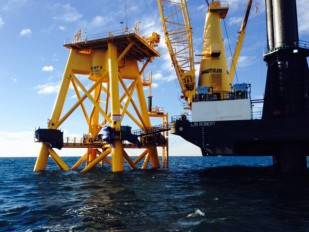
The first offshore wind farm in the US will become operational by the end of 2016
Aug, 16, 2016 | NewsThe project is called Block Island Wind Farm and will supply electric power to 17,000 households...
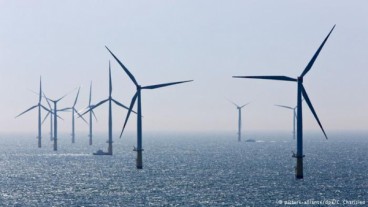
Wind Turbines and Energy Efficiency
Aug, 31, 2015 | NewsThe recalculations of the Max Planck Institute for Biogeochemistry show that more wind turbines don&...

Final turbine installed in Normandy’s first offshore wind farm
Mar, 25, 2024 | NewsThe final wind turbine was installed on Monday, March 25, at the Fécamp offshore wind farm in Franc...
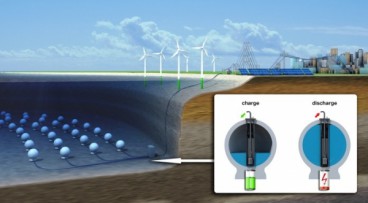
Wind Energy: Storage Balls On The Seabed
Oct, 22, 2015 | NewsThe method that is currently being used to store wind energy is pumped storage: the surplus of wind...
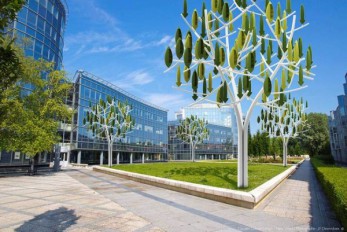
Small and elegant wind turbine trees generate energy in urban environments
Oct, 01, 2016 | NewsA French company aspires to change the established perception of ugly and noisy wind generators A...

80-meter wind turbine collapses in Northern Ireland
Jan, 14, 2015 | NewsA massive wind turbine has mysteriously collapsed on January 2nd, on Murley mountain in Northern Ire...
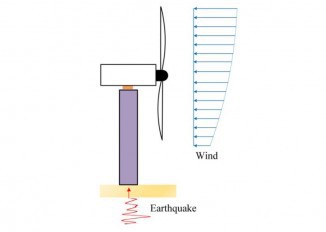
Dynamic response of wind turbines under combined wind-earthquake loading
Sep, 10, 2021 | NewsA new study investigates the combined effect of wind and earthquake forces to assess the dynamic be...
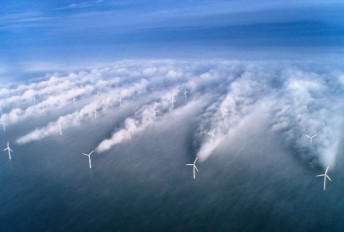
How to manipulate windmills full power in a large wind farm
Oct, 10, 2018 | NewsWind turbines convert the wind's kinetic energy into electrical energy. As wind farms utilize m...

Groundbreaking wind power project: Bladeless turbines
Mar, 24, 2021 | NewsA pioneering design introduces bladeless wind turbines for the production of clean energy. Wind p...
Trending

Vertical gardens in Mexico City to combat pollution

Saudi Park Closed After 360 Big Pendulum Ride Crashes to Ground, 23 injured

Characteristics of Load Bearing Masonry Construction

Taipei 101’s impressive tuned mass damper

Dutch greenhouses have revolutionized modern farming

Federal court rules Biden’s offshore drilling ban unlawful


